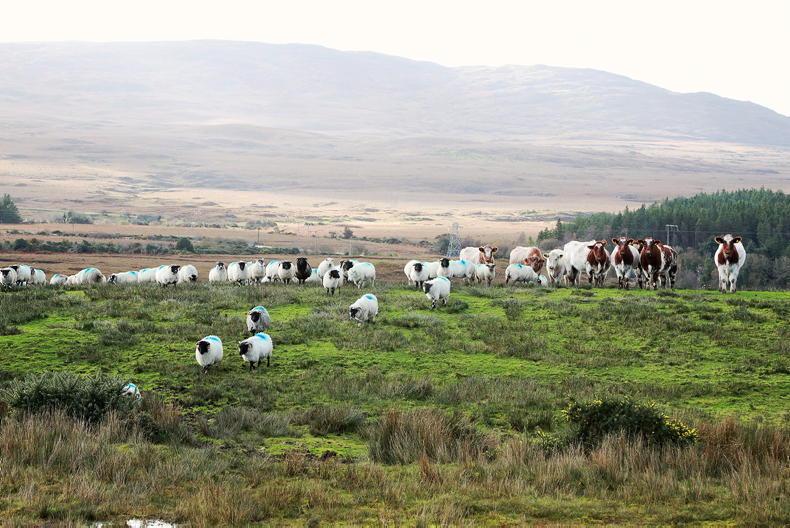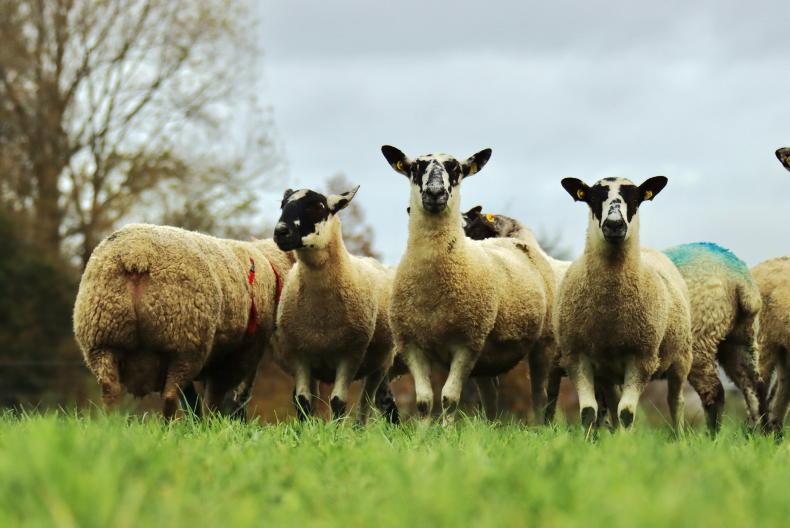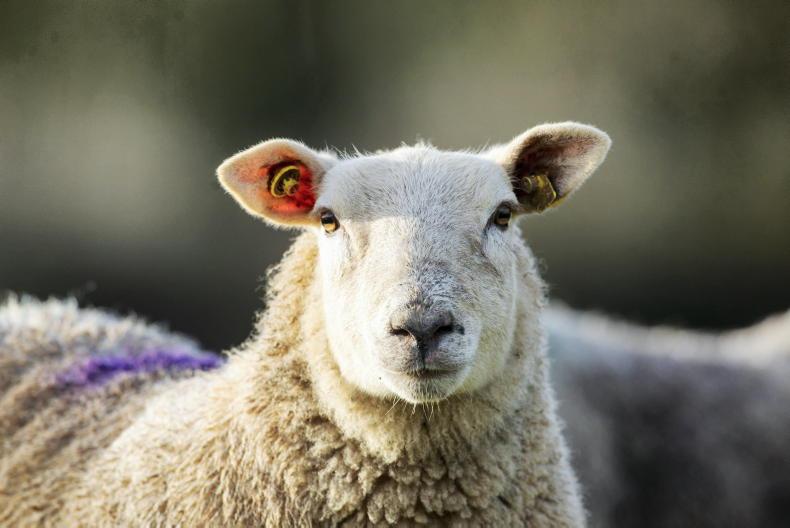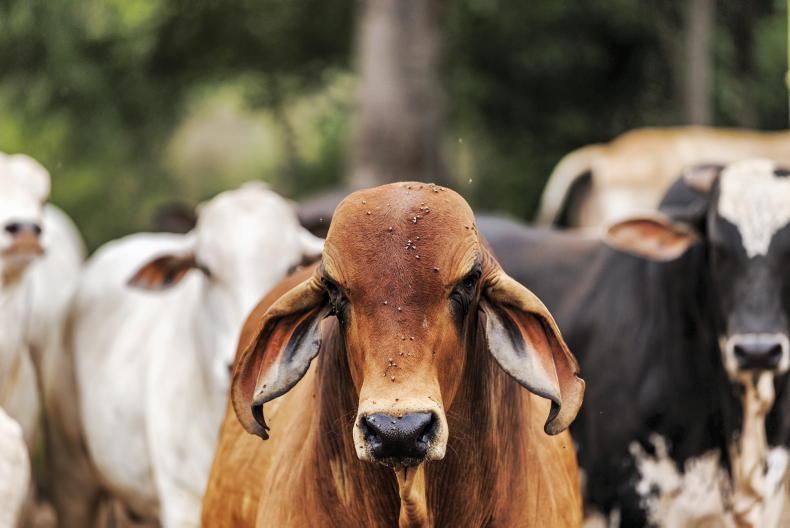The Areas of Natural Constraint is a vital scheme with almost 100,000 farmers receiving payments totalling in the region of €250m each year. The scheme continues in largely the same format under the CAP Strategic Plan, with the level of funds allocated remaining at €250m. Payment rates are also largely similar and are detailed in Figure 1.
There are, however, a number of important changes that farmers need to be aware of to ensure they continue to satisfy scheme requirements. Starting with stocking rate first, applicants must satisfy a minimum stocking rate averaging, equal to or greater than 0.1 livestock units (LU) per eligible forage hectare across the 12-month calendar year.
Within the calendar year applicants must also maintain a stocking rate equalling or greater than 0.1LU/ha per eligible forage hectare across a consecutive 28-week period. This stocking rate requirement has reduced from 0.15LU/ha but for many farmers there will be no real change as stocking rate coefficients or LU values have also changed in line with the lower minimum stocking rate requirement.
Livestock unit values
The new stocking rate values are detailed in Table 1. The LU value for a ewe has reduced from 0.15LU to 0.10LU. There is also now a differentiation between the LU values for suckler and dairy cows, with suckler cows having a lower value of 0.8 LU and dairy cows 1LU with this change introduced to better reflect the volume of organic nitrogen excreted.
New categories have also been introduced for younger stock for the same reason.
Agricultural activity
The next significant change is that from 2023 onwards farmers will have to satisfy that they meet the definition of an active farmer with the CAP terms and conditions outlining that “support shall only be granted to those farmers engaged in a minimum level of agricultural activity”.
This agricultural activity will be assessed on a holding basis and it will require applicants to demonstrate the means by which the agricultural activity is carried out on the holding. This check will be completed on an annual basis and the Department of Agriculture highlights that it is a safeguard “to ensure the person receiving the scheme payments is the person farming the land being claimed”.
The main categorisations used in determining if a farmer satisfies the active farmer status are outlined below for grassland and tillage farmers.
Grassland farmers
A farm’s stocking rate will be mainly used to define the active farmer status for grassland farmers. Farmers satisfying a minimum stocking level of 0.10LU/ha will be deemed active. A caveat to this stocking density is whereby a lower stocking rate may be justified on environmental grounds, similar to the current process under Areas of Natural Constraint.

Grassland farmers who maintain their lands by non-grazing means will be asked to indicate how land is maintained and be in a position to provide evidence to support this declaration.
Examples listed include the making of hay or silage and in such cases the Department has previously specified documentation such as the purchase of fertiliser/plastic wrap or proof of payments made to cover contracting costs or received for sold forages may be required to prove agricultural activity.
The proposals also state that actions such as topping/mulching can be viewed as an agricultural activity and be indicated on the BISS application from 2023 onwards along with denoting if it is planned to purchase livestock in 2023.

Existing databases such as Animal Identification and Movements (AIM) and the annual sheep census will be the first port of call. Further information may be required on specific parcels of lands such as commonage parcels, with questions raised where suitable stock are not present on the holding to graze the commonage, or where an applicant is claiming on land parcels which are located a long distance from the main farming hub. What constitutes a long distance is not outlined in the documentation but it is likely that it ties in with situations which have occurred in the past, such as farmers leasing commonage ground for nitrates purposes.
Tillage lands
A percentage of farmers involved in tillage and/or permanent crops will be subject to administrative checks annually and may be required to provide evidence of activity. For tillage farmers this will likely include documentation such as receipts for seed, fertiliser, pesticides (if applicable) etc.
The Department also outlines that a valid share-farming agreement will be deemed as a legitimate means of demonstrating activity.










SHARING OPTIONS